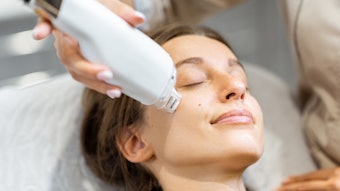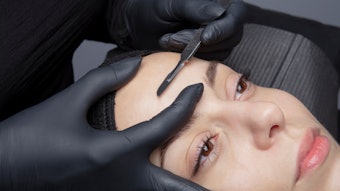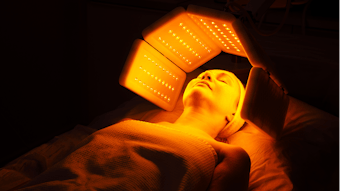
African-Americans and Hispanics have been seen to have a higher risk of dying from skin cancer, according to Marcy Street, MD, one of the nation's first African-American female Mohs surgeons. “The statistics may be surprising to hear, but there is no disputing the evidence that these two minority groups run a much higher risk of being diagnosed with skin cancer in its later stages than other demographics,” Street explains.
Studies seem to indicate that while anyone can get melanoma, minorities are often less likely to be diagnosed when the cancer is in its earlier stages. “When we are able to discover the cancer earlier, the chances of treating it are exponentially higher,” explains Street says. “It’s why we are constantly beseeching the African-American and Hispanic populations to get themselves checked as often as possible.”
One recent study of 41,072 melanoma patients in Florida found advanced cases in 12% of Caucasians, 18% of Hispanics and 26% of African-Americans. “There is a fairly common misconception among African-Americans and Hispanics that we do not get skin cancer. Nothing could be further from the truth,” Street states. “Everyone, regardless of ethnicity, needs to get checked and often, especially if there is an abnormality of the skin. Because light-skinned (and light-eyed) individuals are mentioned constantly, minority groups often surmise that the information somehow doesn’t apply to us since we don't commonly burn or have the warning signs of having had too much sun (redness, tingling, sun burning, peeling, etc).”
So what are the culprits when it comes to melanoma in these groups? “Melanoma may occur common on the hands, feet, mucosal surfaces and in other hidden places such as the eyes. These are all areas of the body that need to be checked regularly,” Street says. And what are some of the things these groups need to consider when they are checking themselves and find an abnormality in the skin? “Any changing mole (remember not all moles are dark, some are flesh-colored, purplish, blister-like, mimic warts, and so on). A "growth" that does not heal. A ‘rash’ that won't go away with lotion. (Some skin cancers look like dry patches in the skin and can often be misdiagnosed as ‘rashes.’”
Street, a board-certified and Mayo clinic-trained dermatologist, has been in private practice for nearly 20 years. She is a recognized skin care and skin cancer expert who has had many articles published in popular magazines, professional journals and newspapers. She is also among the first black female Mohs surgeon in the nation. Street has also has been interviewed extensively on radio, television, and in print and has spoken to physicians’ groups in both the United States and abroad as a skin cancer expert. She is also the founder of a skin care line also under the name Doctor’s Approach.










